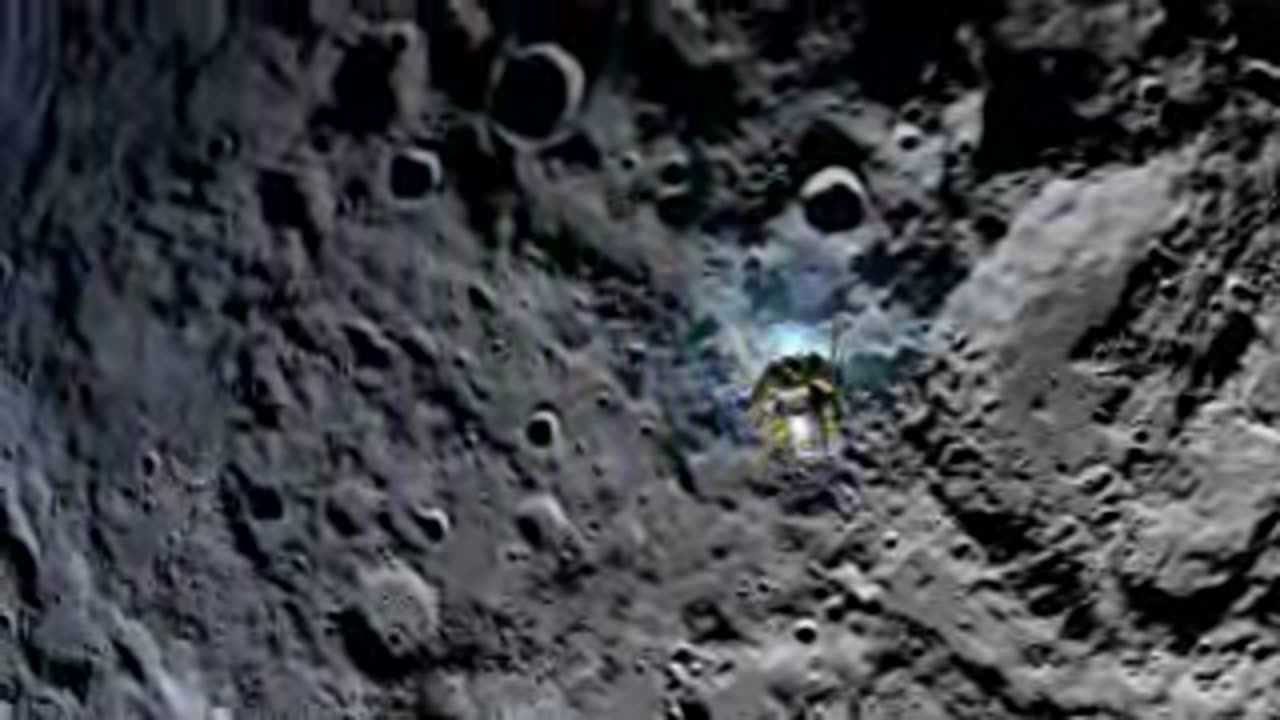Premium Only Content

The lunar surface, also known as the surface of the Moon, is a barren and desolate landscape characterized by a unique blend of rugged terrains, impact craters, and fine regolith. The Moon lacks a substantial atmosphere, which means there is no protection from the harsh radiation and extreme temperature fluctuations. As a result, the lunar surface experiences scorching hot temperatures during the day and freezing cold temperatures during the night.
One of the most striking features of the lunar landscape is its vast array of impact craters, caused by the constant bombardment of space debris and meteoroids over billions of years. These craters come in various sizes, from small pockmarks to enormous basins like the Aitken Basin and the Imbrium Basin. Some of these craters have central peaks or raised rims due to the immense energy released during the impact.
The lunar surface is covered in a layer of fine dust and soil called regolith. This layer is the result of countless impacts breaking down rocks into smaller particles over time. It's a mixture of fine dust, rocky fragments, and small glass beads formed from melted rock during impacts. The regolith is also responsible for the Moon's characteristic gray color, as it reflects sunlight differently compared to Earth's soil.
-
 LIVE
LIVE
xBattledROid
2 hours ago $0.22 earned🔴LIVE - Trying Controller on Warzone! (Aimbot isn't fair)
528 watching -
 22:08
22:08
Misha Petrov
1 day agoMain Character Syndrome Is Spreading
54.1K74 -
 LIVE
LIVE
PJGxGaming
2 hours ago100 followers on RUMBLE today?!
147 watching -
 LIVE
LIVE
JTtheSG
38 minutes agoStrike Hard, Play Hard
53 watching -
 14:39
14:39
Talk Nerdy Sports - The Ultimate Sports Betting Podcast
2 hours ago3/30/25 - 🎙 Sunday Funday Fire: 10 Sharp Bets, 5 Parlays & 2 Locks That Hit Different
20.2K1 -
 LIVE
LIVE
arrowthorn
2 hours agocasual sunday vibes
74 watching -
 LIVE
LIVE
DookiePox
8 hours ago $1.39 earnedGood Morning. Sunday Morning.
662 watching -
 2:01:52
2:01:52
Game On!
22 hours ago $16.43 earnedMarch Madness Final 4 Will Be Set TODAY!
72.1K5 -
 3:41:49
3:41:49
LumpyPotatoX2
6 hours agoHunt Shadows Family Sunday - #RumbleGaming
46.8K4 -
 5:04
5:04
Film Threat
1 day agoA WORKING MAN | Film Threat Reviews
45.4K4